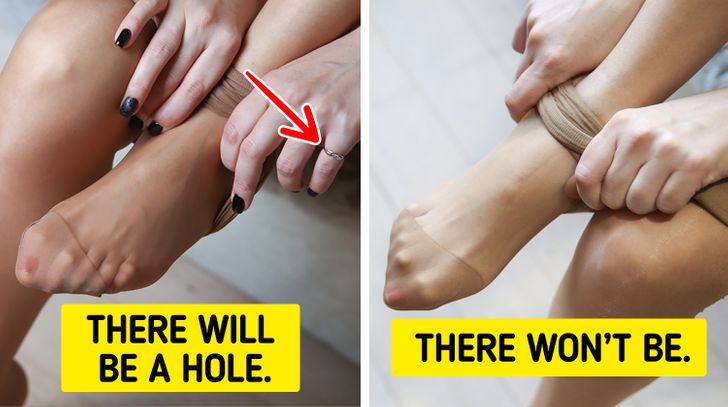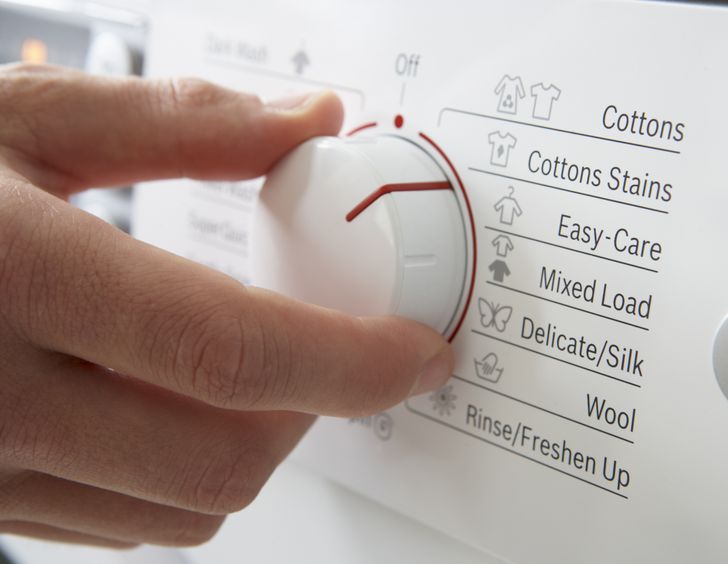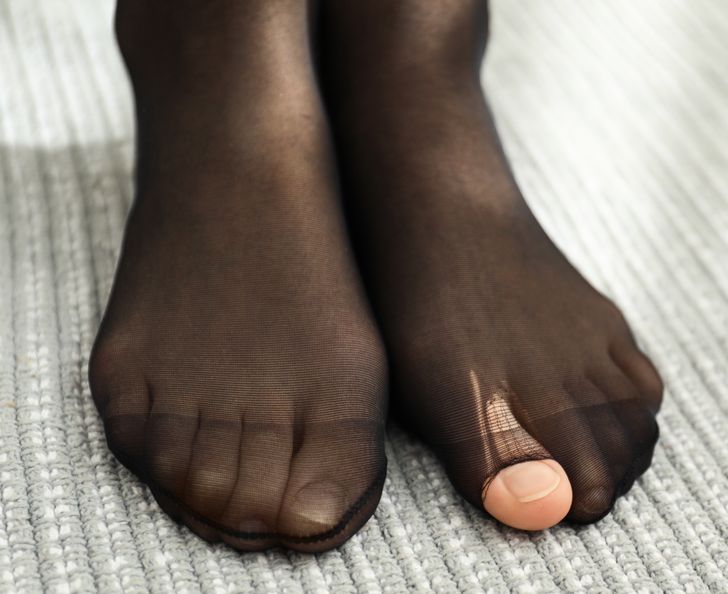vghgig oyhghh
g
vdcggvczhg😚😐😑😐
8 Nuances That Make Your Tights Tear
It’s not for nothing that the phrase, “It’s better to have 100 wrinkles on the face than one on your tights,” appeared. Many ladies know well the disappointment of suddenly pulling a hole in their tights, especially when they’re new. That gave birth to many tricks: from storing tights in the freezer to always having colorless nail polish with you. The good thing is that these troubles can be avoided if you follow several simple recommendations.
Bright Side found out what mistakes can be avoided when it comes to storing, choosing, and wearing tights.
We put tights on inaccurately.
It seems to be very simple, but still, we don’t pay attention to small things that instantly reduce the shelf life of tights. Burrs or jewelry (such as bracelets or rings) increase the risk of putting a hole in thin fabric. Some even recommend donning thin gloves before handling any tights.
We store them chaotically.
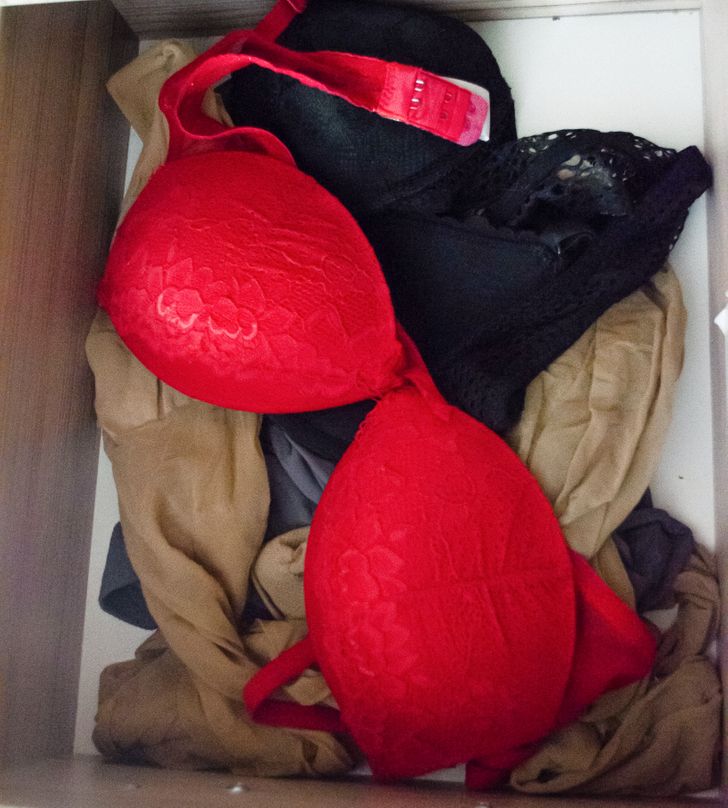
In order to make tights serve you longer, it’s important to store them correctly. It’s better not to keep them in a plastic bag where they will get tangled. When untangling tights, one can accidentally nick them, which will make them tear faster. Instead, roll up your tights — first, fold them in half, and then roll them up. Now you can place them in a drawer or organizer.
We store them together with our underwear.
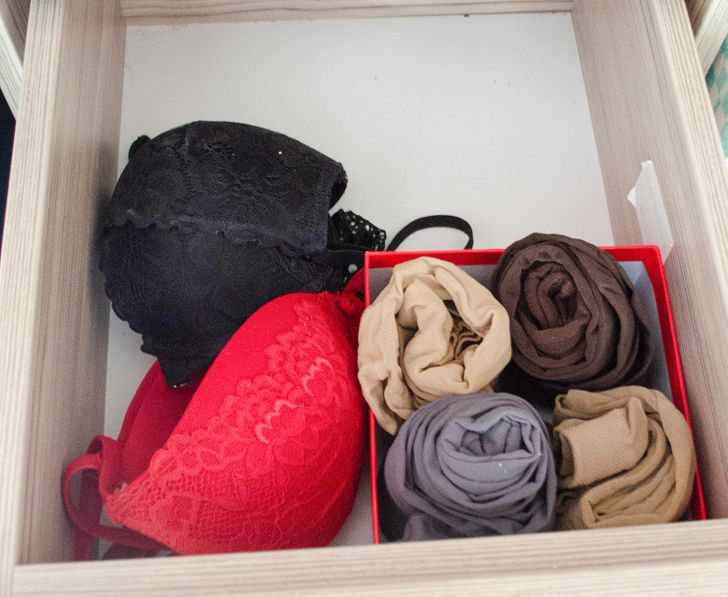
Not only is it necessary to carefully roll up nylon products but also to store them in the right place. For example, an area with bras and lace underwear can be quite harmful. Hooks on bras, buckles on stocking belts, and even the edges of lace (it all depends on the fabric) can create conditions for the appearance of holes and snags.
That’s why it’s better to allocate a special drawer or shelf for these items — this will help stockings and tights serve you longer. If you store your tights on a hanger, remove all nearby belts because the buckles can harm the fabric.
We don’t pay attention to how we wash them.
Is it okay to wash tights in a washing machine? Debates on this topic are still being had. While some prefer to stay safe and handwash them, others are sure that using a washing machine is totally acceptable.
The main thing to remember is to choose a mild detergent and delicate wash cycle and to turn the item inside out so that the fibers don’t roll. Also, it’s important to wash these items in cold water only because it will preserve the color and texture of the tights.
We break the rules of handwashing.
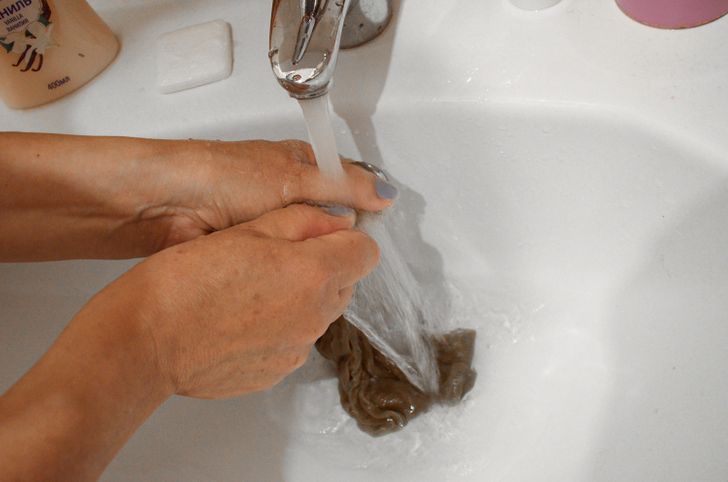
If you don’t want to entrust your tights to a washing machine, make sure to wash them in a sink or a bowl. You can use warm water — it’s better to avoid hot water because it will make the item less elastic, and the tights will fit worse after the washing.
Try not to rub them too hard or make any sharp movements in order to avoid mechanical damage. It is important to clean not only the foot area of the pantyhose but also the crotch area — these are the places where the most bacteria accumulate. Soak the tights for 10 minutes and rinse with cold water.
We dry them incorrectly.
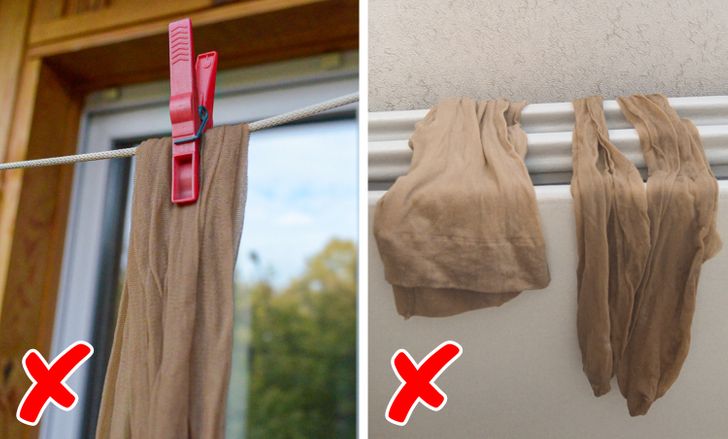
Some washing machines have a drying function. It’s recommended not to use it to dry pantyhose, nylon socks, or tights. Also, one shouldn’t hang them on radiators because the heat can deform the fabric and stretch the elastic waistband.
To make your tights last longer, dry them on a clothesline, but be careful with clothespins — these little “helpers” can harm delicate fabric. The best option is to dry them on a horizontal surface, away from direct sunlight.
We combine them with rough shoes.
In the fall, we switch out elegant shoes for boots or ankle boots. The rough surface of boots can easily damage the fabric that tights are made of, resulting in toe holes. The good thing is that it’s quite easy to save the day — all you need to do is put on cotton socks underneath your tights. In this case, the tights will have an extra supportive layer, and they won’t end up with holes.
We don’t pay attention to the type of fiber.
Each package indicates which type of fabric a particular pair of tights is made of. This seemingly unimportant information will help to predict the shelf life of the product. Single-covered yarns are the least durable and will probably not last very long.
Yarns with double wrap make tights and stockings a bit stronger and longer-lasting. The microfiber thread that has become popular recently consists of several very thin fibers. This provides a snug fit and great durability.
What other hacks about tights are you aware of?
Comments
yas
Related Reads
19 People Who Managed to Capture a Photo of Time Itself

What 15 of Our Favorite Disney Characters Would Look Like If They Were the Opposite Gender

12 Cleaning Products That Can Revitalize Your Home

What Might Happen If You Wear Your Watch All Day Long

16 Animals That Could Easily Receive 1,000 Medals

20 Celebrity Couples We Completely Forgot Were Ever Together

10 Real Stories That Feel Like a Tightrope Walk

My MIL Called My Son a “Lottery Ticket,” but I Got the Last Laugh

I Refuse to Give Up My Inheritance Just Because I’m Childfree

15 Stories That Have More Unexpected Twists Than a Hollywood Blockbuster

12 Eerie Memories That Still Make People Twitch in Fear

I Threw My Stepdaughter and Her Kids Out, I’m Not a Free Hotel

